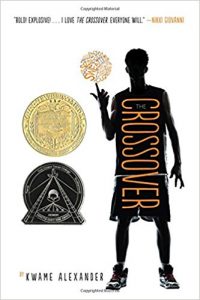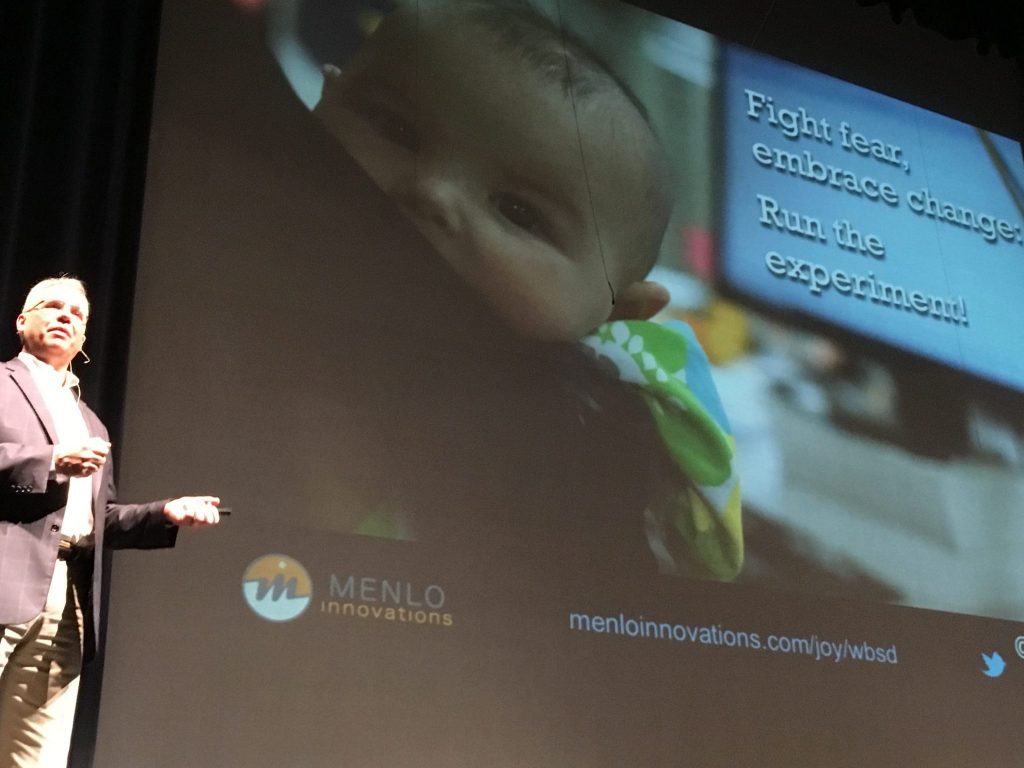“I don’t read books.”
“Why are we reading this [To Kill a Mockingbird] anyway?”
“Reading is so boring to me.”
*Sigh* “I’m not a good reader.”
 These are some of the comments I’ve heard over the years from boy readers. But, for every boy who makes remarks like these, there is a book that will save reading.
These are some of the comments I’ve heard over the years from boy readers. But, for every boy who makes remarks like these, there is a book that will save reading.
*Cue superhero overture.*
The Crossover, by Kwame Alexander
When I asked one of my students why he likes this book so much, he told me that “I guess I just like how they sound like people I know.” Students need to hear their voices in books. And for your students who don’t read because they don’t see themselves in books–this is a game-changer.
The Crossover by Kwame Alexander is the perfect book to give a boy who is easily turned off by long books. It’s written in verse, rather than prose, which readers like, since it allows them to move through the text easily. For readers who are easily distracted, the extra white space on the page helps them to focus on the text.
The plot helps, too. Alexander’s sharp verse tells the story of Joshua and his twin brother, Jordan. When Jordan gets a girlfriend, Joshua fights back jealousy as he vies for Jordan’s time. Add an ex-pro baller as their father in the midst, plus a little brotherly rivalry, and readers are easily hooked to the drama.
This book seriously glues readers, and warning–you might actually have to ask your student to stop reading it while you are teaching.
Twisted, by Laurie Halse Anderson
Over the years, Halse Anderson’s novel about a quiet kid turned school rebel, Tyler, has won over many readers. Halse Anderson is a master at capturing the voices of vulnerable teenagers who are at the crossroads of childhood and young adulthood. And she keeps her chapters short, which is great for readers who are building stamina.
Many of my students have liked this book for both its humor and relatability. The character Tyler deals with issues such as verbal abuse, alcoholism, and social media, yet Halse Anderson also places her characters in familiar teenage moments: dealing with a crush, confronting popularity, and enduring bodily changes in adolescence.
Being a teenage boy is hard. This book shows them that they aren’t alone in that struggle.
YA author John Green says this is a book that boys will keep “under their beds for years, turning to it again and again for comfort and a sense of solidarity.”
Decoded, by Jay-Z
Most times when I book talk Jay-Z’s Decoded, I preface it by saying, “This is definitely for a mature reader. It’s raw, but amazing.”
One student told me that this book was different from other books he had been assigned to read for school. Unlike those books, it wasn’t boring or too slow. Decoded pulled him in because it was about intriguing contemporary issues.
Decoded is a mixed-media masterpiece filled with lush photographs tinged with nostalgia. And from a literacy angle: The images break up the text, crucial for readers who are overwhelmed by walls of text. Part social history, part memoir, Jay-Z cracks open his lyrics for readers with detailed footnotes and annotations.
Not only will students be gripped by the story behind the lyrics, but this is a solid model of literary analysis that challenges the cannon and shows readers that a writer’s past informs his or her craft.
 Lauren Nizol (@CoachNizol) is an MTSS Student Support Coach and Interventionist at Novi High School. She has eleven years of classroom experience, teaching English, IB Theory of Knowledge and English Lab. Lauren completed her undergraduate degree in History, English and Secondary Education at the University of Michigan-Dearborn and her Masters in English Education from Eastern Michigan University. She is a National Writing Project Teacher Consultant with the Eastern Michigan Writing Project and an advocate for underperforming students and literacy interventions. When she’s not teaching, Lauren often runs for the woods with her husband and their three sons/Jedi in training and posts many stylized pictures of trees on Instagram.
Lauren Nizol (@CoachNizol) is an MTSS Student Support Coach and Interventionist at Novi High School. She has eleven years of classroom experience, teaching English, IB Theory of Knowledge and English Lab. Lauren completed her undergraduate degree in History, English and Secondary Education at the University of Michigan-Dearborn and her Masters in English Education from Eastern Michigan University. She is a National Writing Project Teacher Consultant with the Eastern Michigan Writing Project and an advocate for underperforming students and literacy interventions. When she’s not teaching, Lauren often runs for the woods with her husband and their three sons/Jedi in training and posts many stylized pictures of trees on Instagram.



 Beth Rogers (
Beth Rogers (
 Michael Ziegler (
Michael Ziegler (
 Jianna Taylor (
Jianna Taylor (

 Megan Kortlandt
Megan Kortlandt